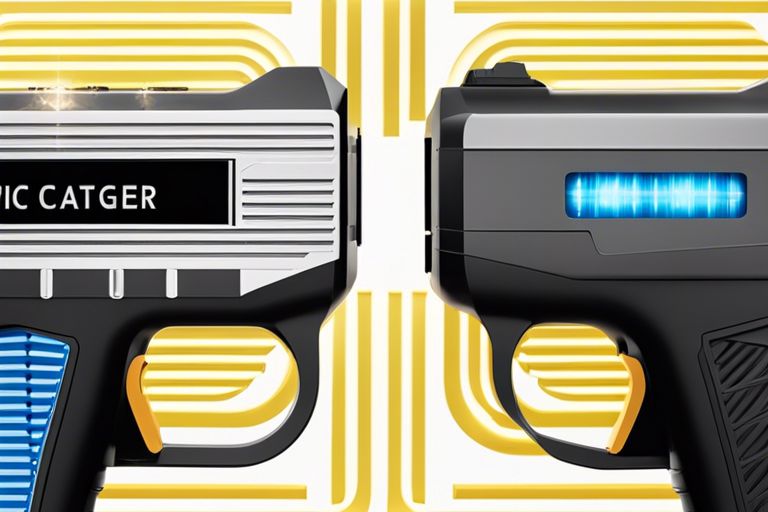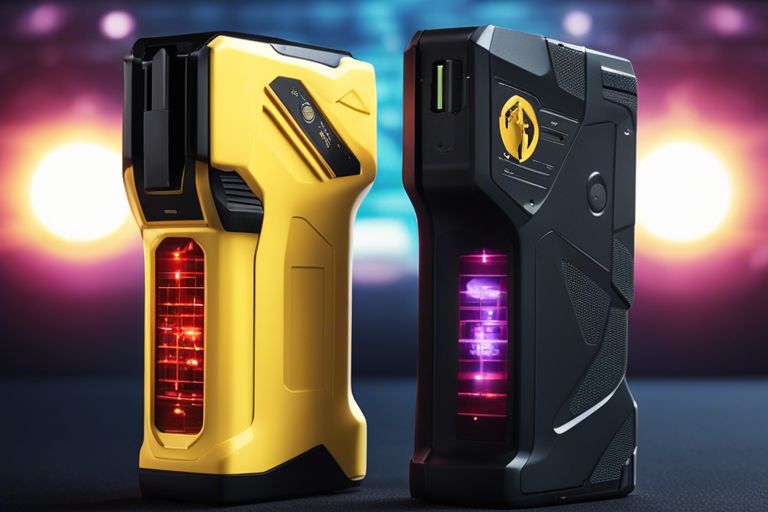Most individuals seeking to enhance their personal safety often debate between stun gun vs taser. Understanding the key differences between these self-defense weapons is crucial to making an informed decision. Stun guns require direct contact for a powerful shock, while Tasers can incapacitate from a distance. Considering factors such as comfort level, budget, and anticipated scenarios can help determine which option aligns best with individual needs and circumstances. Dive into this informative comparison to make the right choice for your self-defense toolkit.
Understanding Stun Guns and Tasers
Overview of Stun Guns and Tasers
With stun guns requiring direct contact for operation and tasers offering a longer reach with deployed probes, understanding the differences between these self-defense weapons is crucial. Stun guns deliver an electric shock upon contact, while tasers can incapacitate from a distance. Each option has unique advantages based on the user’s safety needs and capabilities.
Key Differences Between Stun Guns and Tasers
GunsWhile stun guns necessitate physical contact for electric shock delivery, tasers can be used from a distance with probes. The significant difference in operation impacts range, with stun guns having limited reach and tasers offering a longer distance of up to 15 feet. Considering individual safety requirements, usage scenarios, and the form factor of each device is crucial for selecting the most suitable self-defense tool.
Understanding these fundamental differences between stun guns and tasers provides valuable insights into their functionality and applicability for personal safety. Each feature uniquely impacts their effectiveness in various self-defense scenarios.
Stun Guns
How Stun Guns Work
One of the main factors that distinguish stun guns from tasers is the requirement for direct contact with the target to deliver an electric shock. This shock disrupts the muscle function of the target, causing a temporary loss of control and coordination, allowing for a safe escape.
Effectiveness of Stun Guns
For instance, stun guns are particularly effective in close-range encounters, where physical contact with the assailant is possible. The electric shock delivered by a stun gun disrupts the body’s neuromuscular system, leading to a temporary loss of muscle control, providing a valuable escape opportunity.
Advantages of Stun Guns
On the other hand, stun guns offer simplicity and accessibility, making them suitable for a broad spectrum of users. The compact and easy-to-carry design of stun guns allows for swift deployment in situations where discretion is important, providing a reliable way to defend oneself without breaking the bank.
Tasers
How Tasers Work
On a fundamental level, Tasers are equipped with probes that can be deployed from a distance using compressed air or gas, discharging electrical current upon striking the target. This effectively subdues the attacker by causing neuromuscular incapacitation.
Effectiveness of Tasers
Tasers are designed to incapacitate a threat from a distance, providing an advantageous option when physical contact is unfeasible or risky. This makes them highly effective in scenarios where maintaining a safe distance from an assailant is crucial.
Work Effective deployment of a Taser relies on the ability to target the assailant accurately and discharge the wired probes with precision. This precision ensures that the electric shock is delivered, achieving quick incapacitation and allowing for safe resolution of a potentially dangerous situation.
Advantages of Tasers
The key difference lies in the mode of operation; a stun gun delivers a jolt only upon physical contact, whereas a Taser provides the ability to incapacitate from a distance, offering an advantage in situations where proximity to the assailant may not be feasible or safe.
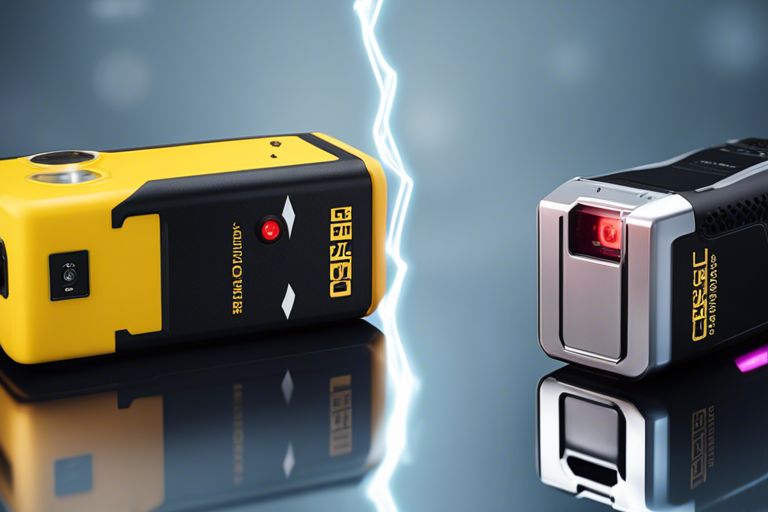
Operation
Stun Gun Operation
All stun guns necessitate physical contact with the target to deliver an electric shock. Upon contact, the stun gun disrupts the body’s neuromuscular system, leading to a temporary loss of muscle control, which can provide an opportunity to escape from danger.
Taser Operation
All Tasers have the capability to deploy probes from a distance using compressed air or gas, discharging electrical current upon striking the target. This means that with a Taser, one can incapacitate an attacker from a safe distance, providing additional safety and preventing potential physical harm.
Plus: The Taser’s ability to deliver electric probes from a distance is a significant advantage in situations where close-quarter combat is risky or unfeasible. This feature allows for quick incapacitation while maintaining a safe separation from potential threats, reducing the chances of physical harm.
Range
Stun Gun Range
An important factor to consider when choosing between a stun gun and a Taser is range. Stun guns have a very limited range and typically require the attacker to be within arm’s reach for effective use. This means that in scenarios where close contact is possible, a stun gun can be a practical self-defense tool due to its immediate impact upon contact.
Taser Range
When considering Taser range, the key advantage lies in its ability to deploy probes from a distance, incapacitating a threat from up to 15 feet away. This feature provides a significant safety buffer, allowing individuals to neutralize an assailant without the necessity of close physical engagement, which can be particularly advantageous in situations where maintaining a safe distance is crucial.
It is important to consider such operational differences when evaluating the range capabilities of stun guns and Tasers to determine which option best aligns with your personal safety needs and scenarios.
Form Factor
Stun Gun Design
The design of stun guns is compact and handheld, resembling flashlights or small batons. This form factor makes them easy to carry discreetly and access quickly in potentially dangerous situations. The compact size of stun guns offers portability and convenience, making them a popular choice for individuals seeking reliable personal protection.
Taser Design
Design-wise, Tasers are often pistol-shaped, utilizing a trigger mechanism to deploy wired probes towards the target. This design allows for precise incapacitation from a distance, providing added safety in confrontational scenarios. The pistol-like shape of Tasers offers familiarity and control for users who may be dealing with potentially dangerous individuals or situations where physical engagement poses heightened risks.
When choosing between stun guns and Tasers, the form factor is a crucial aspect to consider. The compact and discreet nature of stun guns offers ease of use in close-range encounters, while the pistol-like design of Tasers provides control and distance in situations where keeping a safe separation from an assailant is paramount.
Effectiveness of Stun Contact Weapons
Stun Gun Effectiveness
Despite the need for close-range contact, stun guns are highly effective in incapacitating attackers. The electric shock delivered by stun gun prongs disrupts the body’s neuromuscular system, causing temporary loss of muscle control and disorientation for the attacker, offering a valuable opportunity for escape.
Taser Effectiveness
For individuals requiring self-defense from a distance, Tasers provide a highly effective solution. By firing wired probes that can reach up to 15 feet away, Tasers offer a safe means of incapacitating an assailant without direct physical confrontation. This ability significantly reduces the risk of harm to both the user and the attacker.
Understanding the distinct effectiveness of Tasers is important for individuals seeking reliable self-defense options in scenarios where maintaining distance from an assailant is critical or when physical contact is not feasible. The wired probes of Tasers enhance their effectiveness by ensuring precise incapacitation, ultimately contributing to overall public safety.
Safety Measures
Keep Tasers vs Stun Guns: A Comprehensive Guide to Choosing … to learn more about the safety measures of self-defense weapons.
Handling Stun Guns and Tasers Safely
Safely handle stun guns and tasers by familiarizing yourself with their operation to prevent accidents or harm. Practice using them responsibly and avoid mishandling these powerful devices to ensure your safety and that of others.
Storage and Maintenance
With stun guns and tasers, proper storage and maintenance are crucial to prevent unauthorized access and ensure they function effectively when needed. Always keep these devices out of reach of children, follow local regulations, and regularly check their condition to maintain optimal performance.
Cost Analysis
Stun Gun Costs
On average, stun guns are generally more affordable than tasers, making them an appealing choice for individuals seeking a basic self-defense tool without breaking the bank. The affordability of stun guns also makes them accessible to a wide range of individuals who may be on a tight budget but still prioritize personal safety.
Taser Costs
On the other hand, Taser costs are higher due to their advanced technology, extended range capability, and additional features. Tasers offer a significant advantage in scenarios where direct physical confrontation may not be viable or safe. The ability to incapacitate an assailant from a distance provides added peace of mind for individuals who need to protect themselves while maintaining a safe separation from potential adversaries.
Understanding the cost differences between stun guns and tasers can help individuals make an informed decision based on their budget, lifestyle, and personal safety considerations.
Use Cases
Stun Gun Use Cases
For close-range self-defense scenarios, stun guns provide a simple yet effective solution. Their ease of use and affordability make them ideal for individuals seeking immediate protection in crowded areas or urban environments. With the ability to immobilize an assailant momentarily, stun guns offer a non-lethal deterrent that can create a window for escape in threatening situations.
Taser Use Cases
An effective tool for maintaining a safe distance from potential threats, Tasers are invaluable in high-risk situations where direct physical contact may be dangerous. With the ability to incapacitate an attacker from up to 15 feet away, Tasers provide a critical advantage in settings where self-defense requires precision and distance. Their design ensures swift incapacitation while minimizing the risk of physical harm to users.
Final Verdict: Choosing between a Stun Gun and Taser
Weighing the Pros and Cons
An important aspect of deciding between a stun gun and a Taser is weighing the pros and cons of each option. Here is a breakdown of the key considerations:
| Stun Gun | Taser |
| Direct contact needed for operation | Can be used from a distance |
| Effective in close-range encounters | Provides a longer reach for self-protection |
| More budget-friendly | Higher cost due to advanced technology |
| Simplicity in use | Enhanced safety features |
Making an Informed Decision
To make an informed decision between a stun gun and a Taser, consider your comfort level, budget, and specific use cases. If you are more comfortable with close-quarters defense and are on a tighter budget, a stun gun may be the right choice for you. However, if you require longer-range defense, have additional funds to invest, and anticipate confrontations from a distance, a Taser could better suit your needs.
Compare the top personal safety devices
| Image | Product | Detail | Price |
|---|---|---|---|
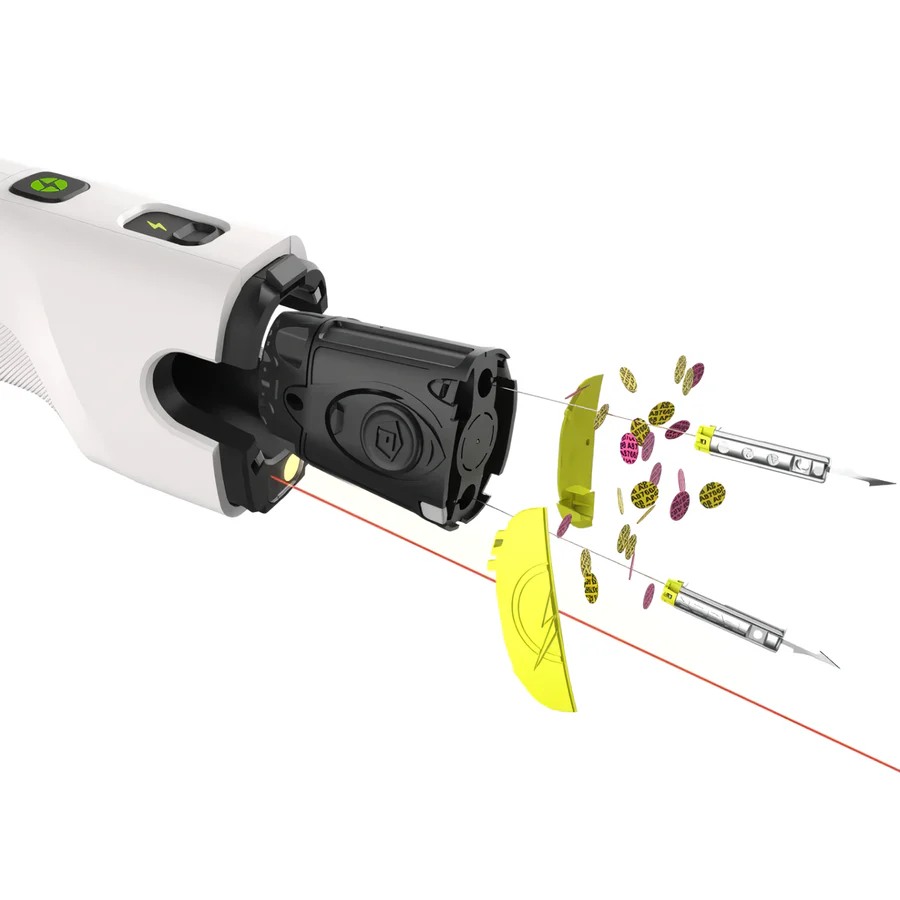 | TASER® BOLT 2 SHOOTING STUN GUN #1 SELF-DEFENSE WEAPON |
| Price |
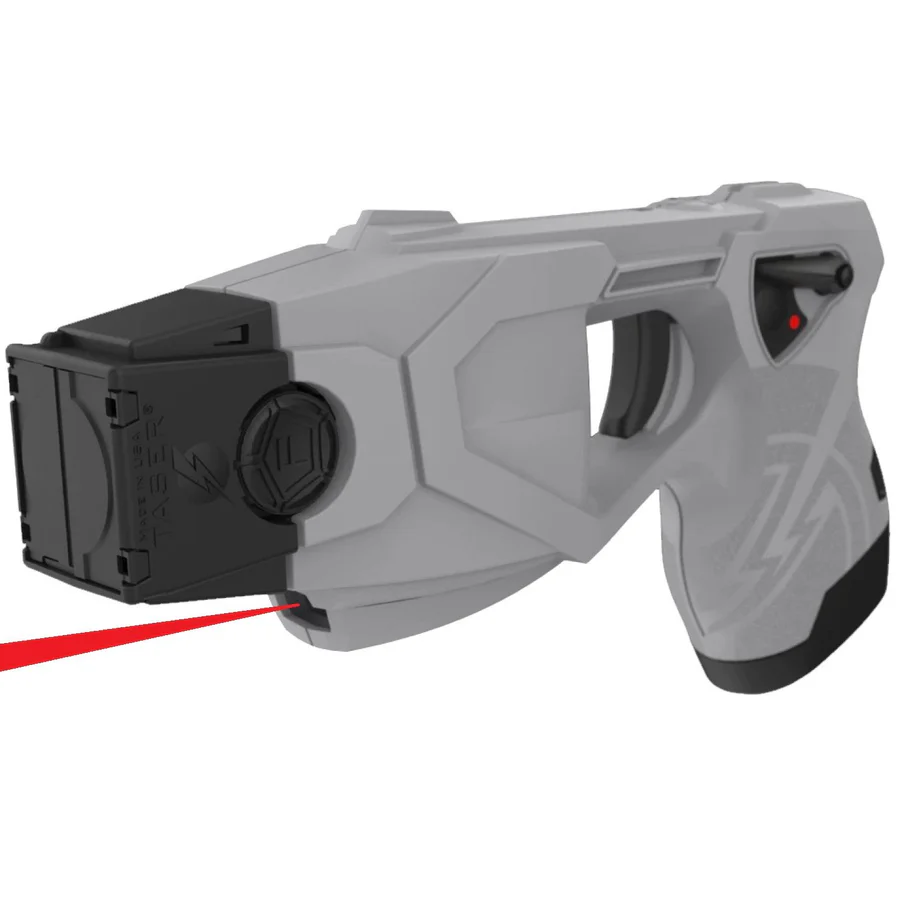 | TASER® X1 RELOADABLE SHOOTING STUN GUN W/ TARGETING LASER |
| Price |
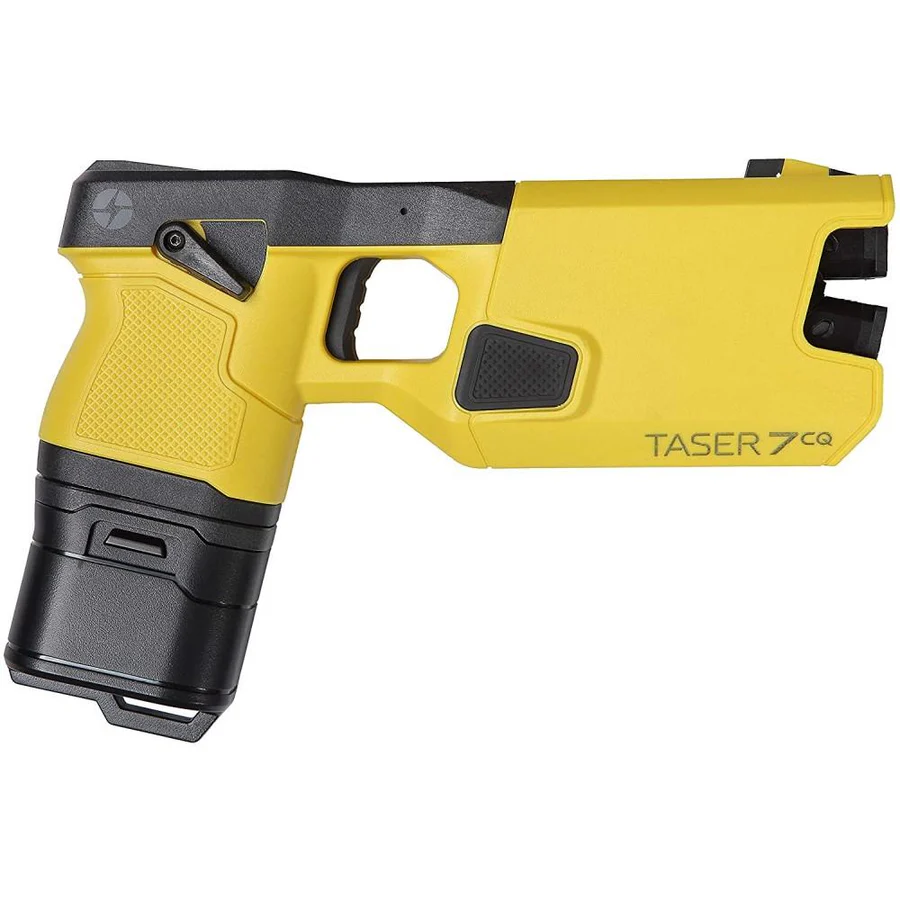 | TASER® 7 CQ HOME DEFENSE SHOOTING STUN GUN W/ LASER |
| Price |
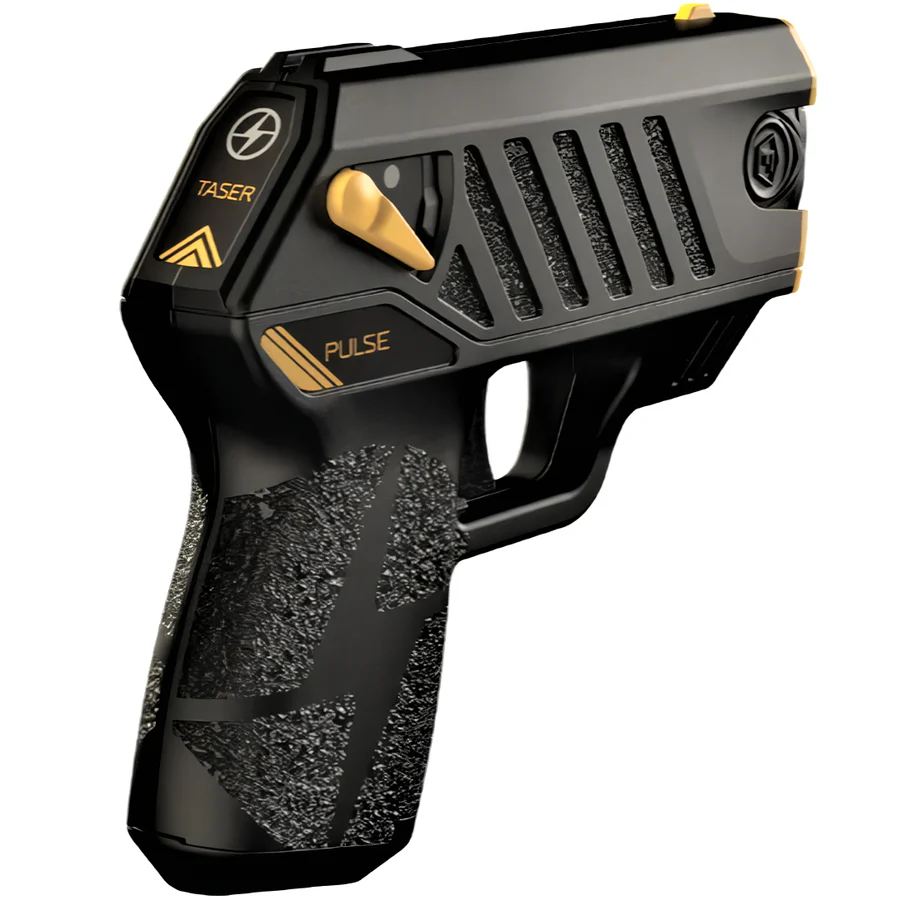 | TASER® PULSE SUBCOMPACT SHOOTING STUN GUN |
| Price |
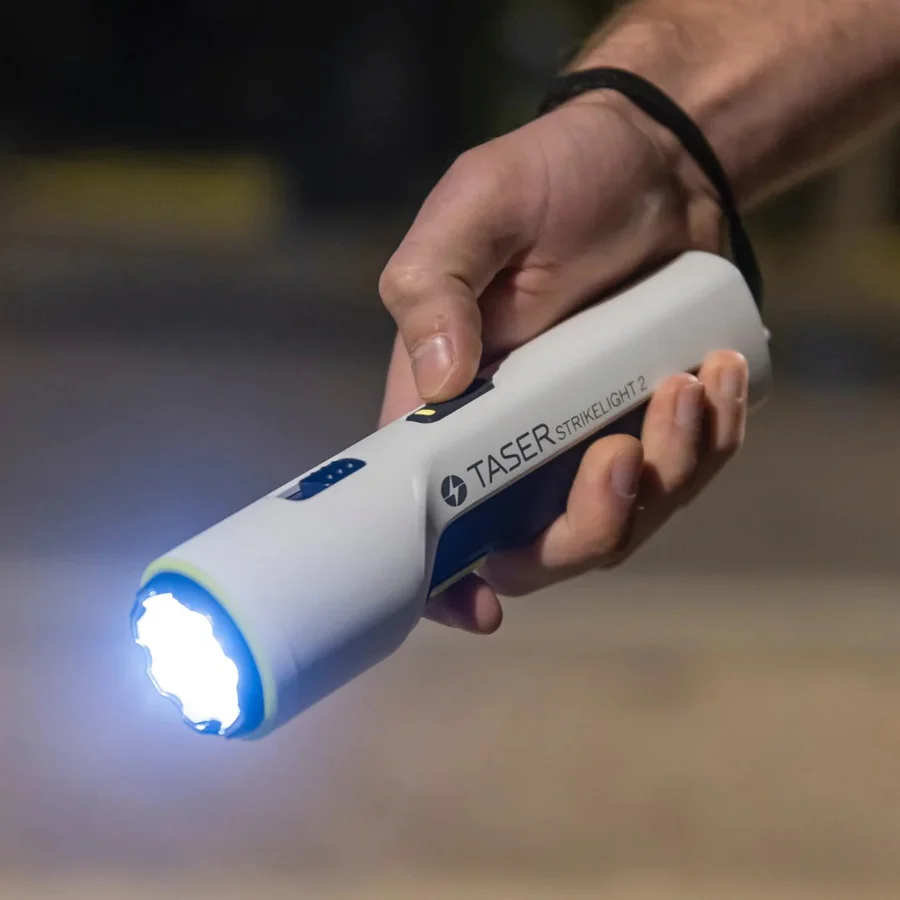 | TASER® STRIKELIGHT 2 RECHARGEABLE STUN GUN FLASHLIGHT |
| Price |
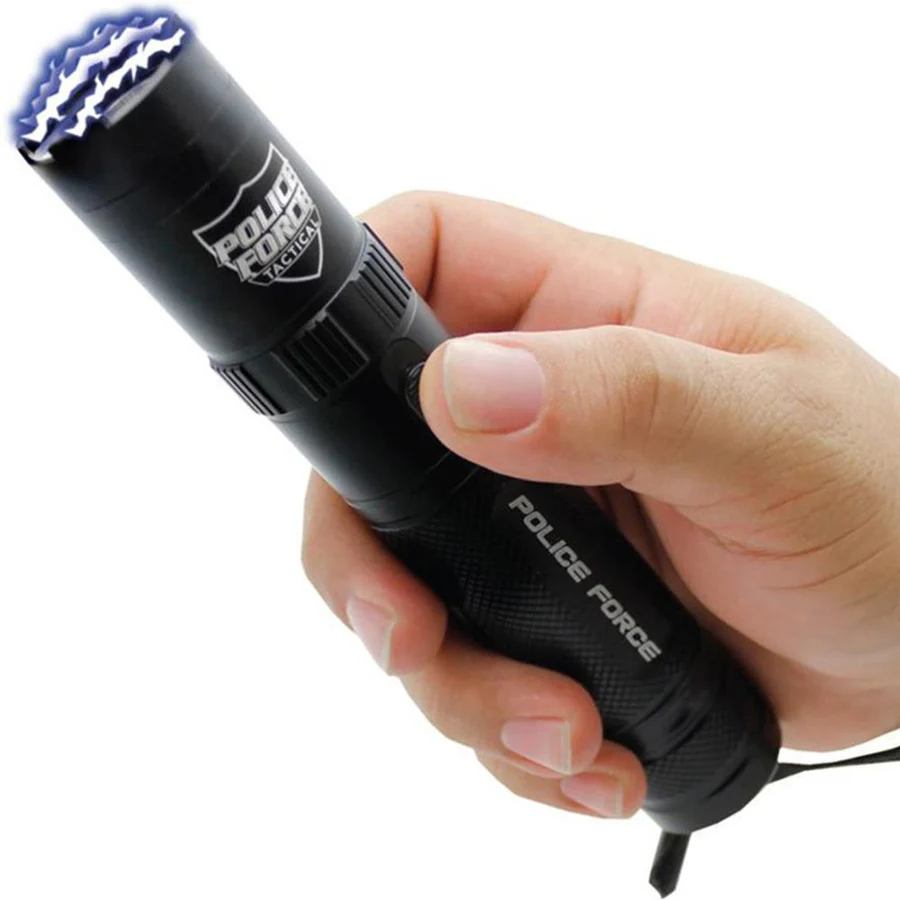 | POLICE FORCE TACTICAL RECHARGEABLE STUN GUN FLASHLIGHT 9.2M |
| Price |
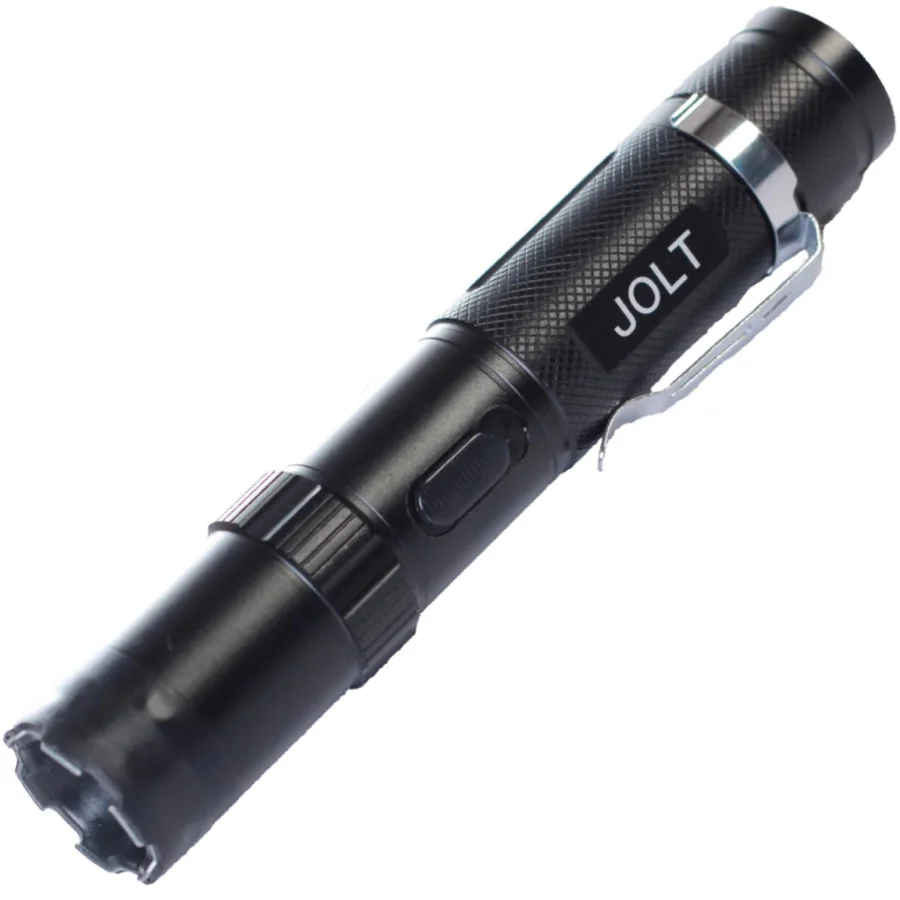 | JOLT POLICE TACTICAL RECHARGEABLE STUN GUN FLASHLIGHT 75M |
| Price |
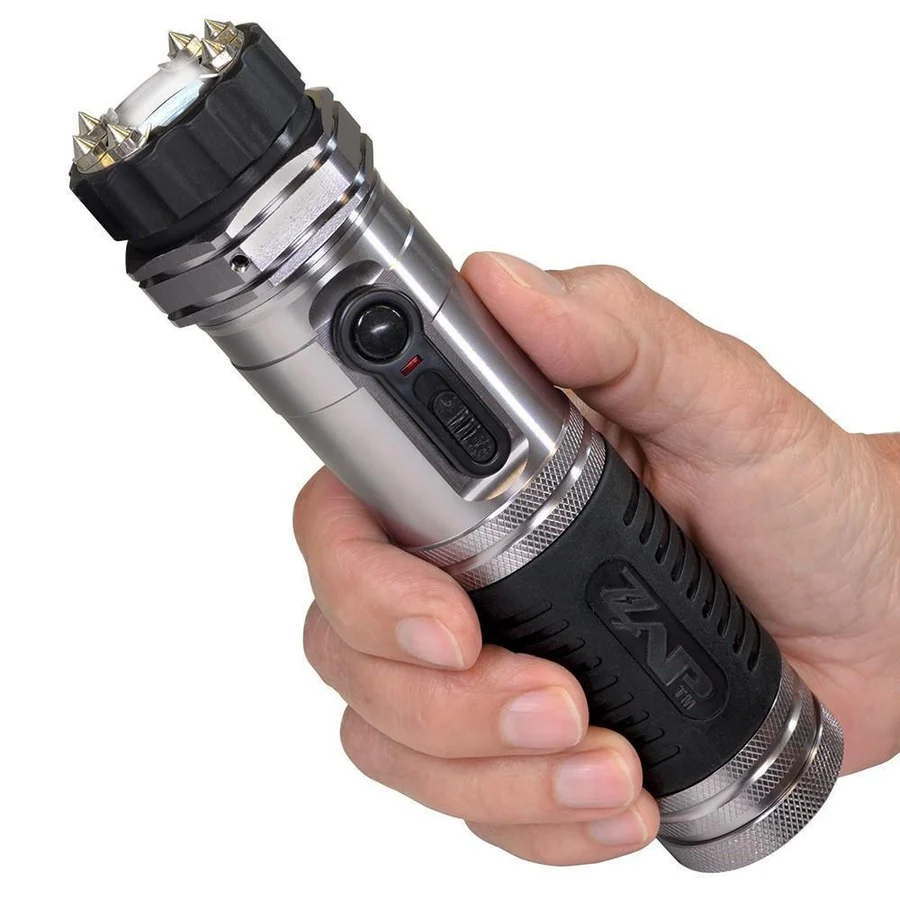 | ZAP™ LIGHT RECHARGEABLE STUN GUN FLASHLIGHT 1M |
| Price |
Final Words
As a reminder, when choosing between a stun gun and a Taser for self-defense, it’s vital to consider factors like comfort level, budget, and specific use case scenarios. Stun guns offer simplicity and affordability, ideal for close-range encounters, while Tasers provide distance-based defense with added capabilities. Assess your individual needs and circumstances to make an informed decision that aligns with your safety requirements. Both options offer unique benefits, so understanding how they suit your needs will guide you towards choosing the right self-defense weapon.
FAQ
Q: What is the difference between a stun gun and a Taser?
A: A stun gun requires direct contact with the target to deliver an electric shock, while a Taser can be deployed from a distance using probes that attach to the target.
Q: Is a stun gun or a Taser more suitable for close-range encounters?
A: Stun guns are more effective in close-quarters situations where direct physical contact with the attacker is possible.
Q: In what situations is a Taser advantageous over a stun gun?
A: A Taser is beneficial in scenarios where maintaining a safe distance from the assailant is crucial, such as dealing with potentially dangerous individuals carrying weapons.
Q: Are stun guns more affordable than Tasers?
A: Yes, generally stun guns are more budget-friendly compared to Tasers, making them accessible to a wider range of individuals.
Q: What factors should I consider when choosing between a stun gun and a Taser?
A: Comfort level, budget, and specific use-case scenarios are necessary factors to consider when deciding between a stun gun and a Taser.
Q: How do stun guns and Tasers contribute to personal safety?
A: Stun guns offer simplicity, ease of use, and close-range defense, while Tasers provide a safer distance-based defense option with built-in safety features.
Q: How can I ensure the safe handling of stun guns and Tasers?
A: To handle stun guns and Tasers safely, keep them out of reach of children, familiarize yourself with local regulations, and use them judiciously as additional layers of protection in emergencies.
- Self Defense Tips – How to Use Pepper Spray
- How to make self defense pen| tactical pen| women self defence weapon| amazing idea| homemade weapon
- Self defence training at OAV PARLA #ranilaxmibai #oavs #ytshortsindia #schoolgirl
- Practical Self Defense moves #kungfu #shortsvideo #fightback #viralvideo #hongliu
- Coller grip self defense techniques ☠️ 💯 💥 #selfdenfense #shortsviral

